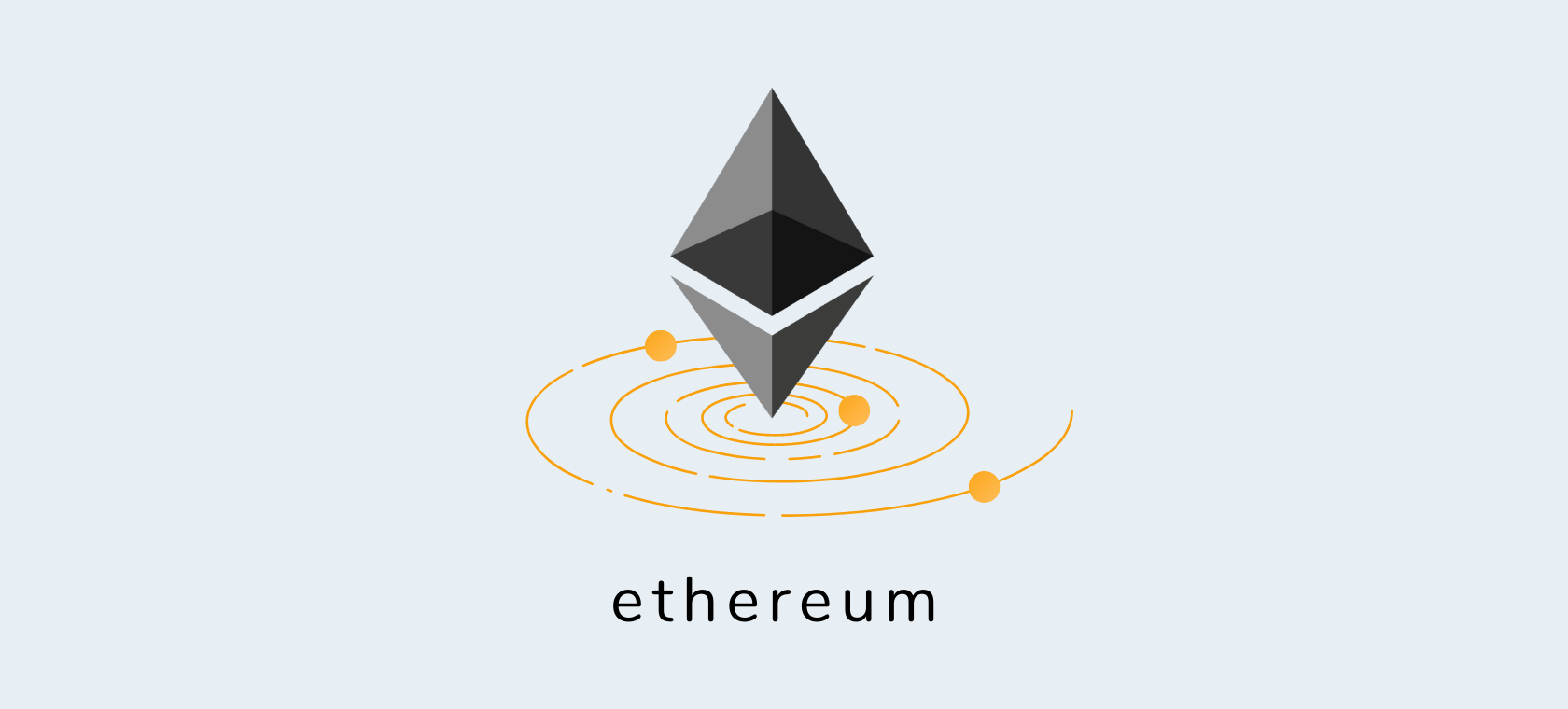ETHEREUM - the second generation of cryptocurrencies
Ethereum is an open-source blockchain platform (decentralized chain of records) that allows anyone to build and use decentralized applications on it. The whole idea about Ethereum is that it should not only be just another cryptocurrency. It should be more than that - a world computer.
Ethereum cryptocurrency appeared in 2014 thanks to the idea of Vitalik Buterin. Vitalik was convinced that blockchain technology could change the world, which is why he dropped out of college to fully dedicate himself to the development of Ethereum.
The idea idea was for Ethereum to become something more than just another cryptocurrency. It was imagined as a "world computer".
Ethereum is an open blockchain platform (decentralised chain of records) that allows anyone to build and use decentralised applications on it (so-called smart contracts) executed by blockchain technology. No one controls or owns Ethereum, but unlike Bitcoin, the Ethereum protocol is designed to be customisable and flexible.
Smart contracts
What is actually a smart contract? It can be described as an "autonomous agent" stored in Ethereum blockchain that executes rules automatically. Its core purpose is to replace intermediaries. Once all conditions are met, smart contract executes the action.
Every smart contract has a its address and certain amount of Ether (virtual money used for payment in Ethereum blockchain network).
Ether is mostly used for paying transaction fees and services in Ethereum blockchain.
Some of the most essential features of a smart contract:
- Confidentiality and security - data that is once written in a blockchain is forever online and it is almost impossible to change.
- Speed and cost - automatic execution of transactions and smart contracts are faster than today's bureaucracy. Eliminating the third party as an intermediary would save a lot of time and money.
- Transparency - all users agree on clear rules defined in the contract and can't deny them later.
Scalability
Most blockchains have the same weakness - scalability. When a blockchain reaches a saturation point where there are more transactions than the network can process at a given time, network congestion occurs.
By far, the most serious problem of Ethereum at the moment is scalability, and Ethereum currently supports a maximum of 15 transactions per second, which is not enough, for example, for a more serious financial application on a global level.
For comparison, Bitcoin can process 3-7 transactions per second, while Ethereum can process 7-15.
The problem of scalability turned out to be more serious with the growing popularity of initial token offers (ICO). A large number of transactions would take place in a short time by users who wanted to participate in the ICO. This is why the network would slow down, while the transaction prices would significantly rise.
The graph shows a large increase in transaction fees at a time when many users want to use Ethereum. The dates coincide with significant events on the Ethereum network.
Decentralisation
A key feature of Ethereum is decentralisation. One entity or larger groups can't just interfere with the execution of a smart contract online. Ethereum prevents potential attacks on the network by using proof-of-work algorithm (similar to Bitcoin).
Ethereum also has decentralised apps (allso called Dapps). Dapps are made of source code that is run and executed on a blockchain network. It is not possible to control its behaviour through a centralised entity. Any centralised application or service can be decentralised by using Ethereum.
What are the advantages of decentralised applications?
- Integrity (immutability) - a third party can't make any data changes.
- Transparency - applications are made on the principle of consensus. That is why all decisions are made unanimously.
- Decentralisation - applications are independent - no one can control them
- Always active - the application can never become unavailable or shut down.
What are the disadvantages of decentralised applications?
Although they have multiple advantages, decentralised applications also have some imperfections.
A smart contract is a source code written by a programmer, and they are as good as the developers who wrote them.
Errors in the source code made by the developer can cause actions to be performed that were not planned and thus not in a way it was intended.
If an application failure occurs that is later misused, there is no effective way to fix the error. The only way is for everyone involved in the network to agree on the principle of consensus, and to fix the source code. This is directly opposed to the integrity that is ensured at blockchain, and such action violates the naturalness and basic principles of decentralisation.
The growth of Ethereum
Ethereum gained great popularity very soon after launch, which is well reflected in the number of online transactions, the number of active decentralised applications. Another indicator of Ethereum's growing popularity is the price of Ether, which in October 2015 was around HRK 2.75 (the lowest market price that year), and in January 2018 rose to HRK 9.300. After that, the price dropped significantly and at the time of writing this text is around HRK 1.700.
Wallets
The table below provides an overview of all relevant Ethereum wallets. Choose which one you like best depending on the platform you are using. Trezor and Ledger Nano S are currently the safest way to store Ether.
You can buy the devices in our stores.
Hardware Wallets - Trezor and Ledger
Desktop Wallets - MyEtherWallet and Exodus
Mobile Wallet - BRD wallet, Blockchain wallet, Atomic wallet
Every registered user can store the Ethereum on its Bitcoin Store Wallet.
Ethereum has shown that there is a real interest in decentralised blockchain-based applications, due to their transparency, resistance to censorship, and the ability to translate certain complex processes from real life into smart contracts that theoretically do not allow mistakes.
The future will show if the interest is justified, but at this point the potential is great.
